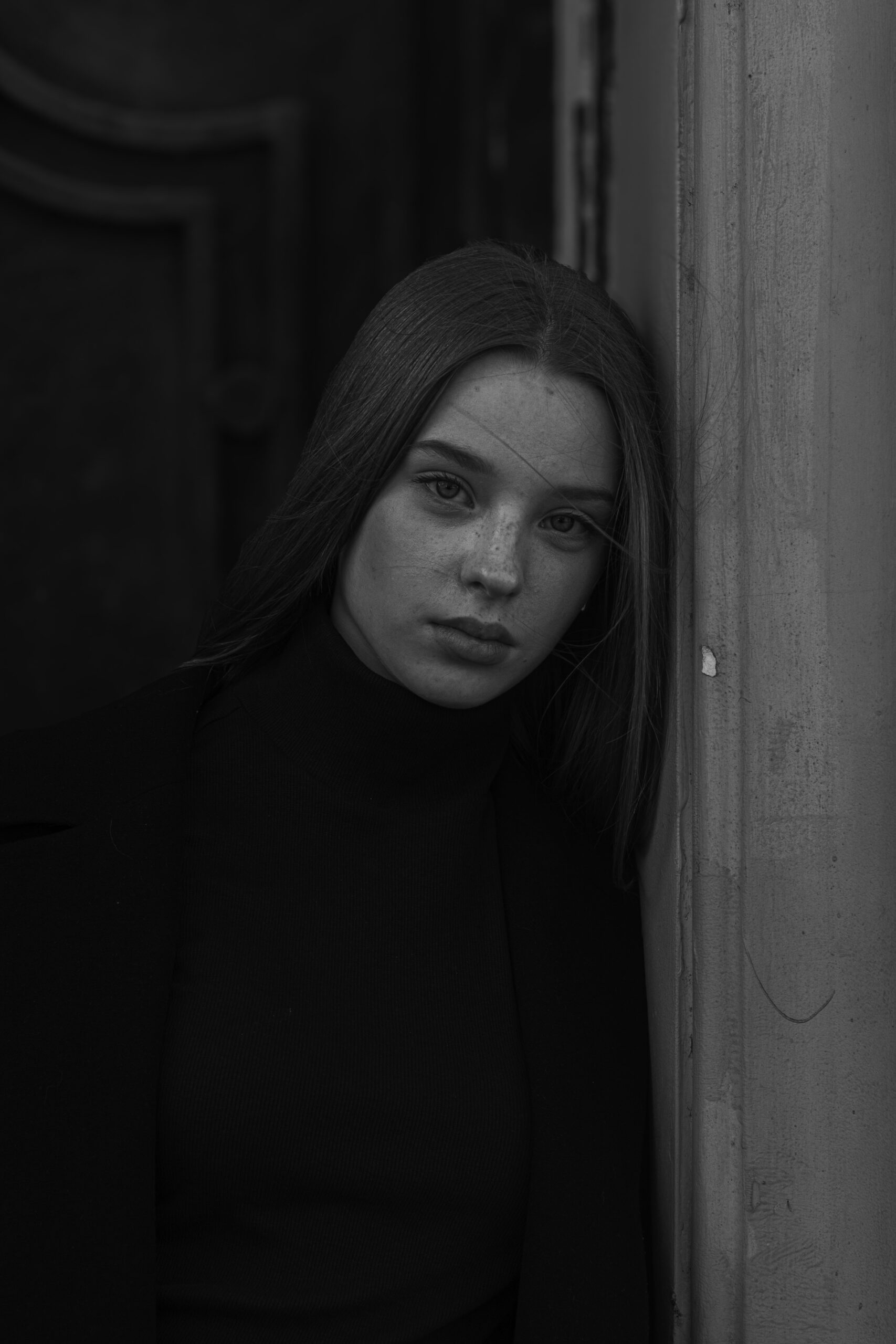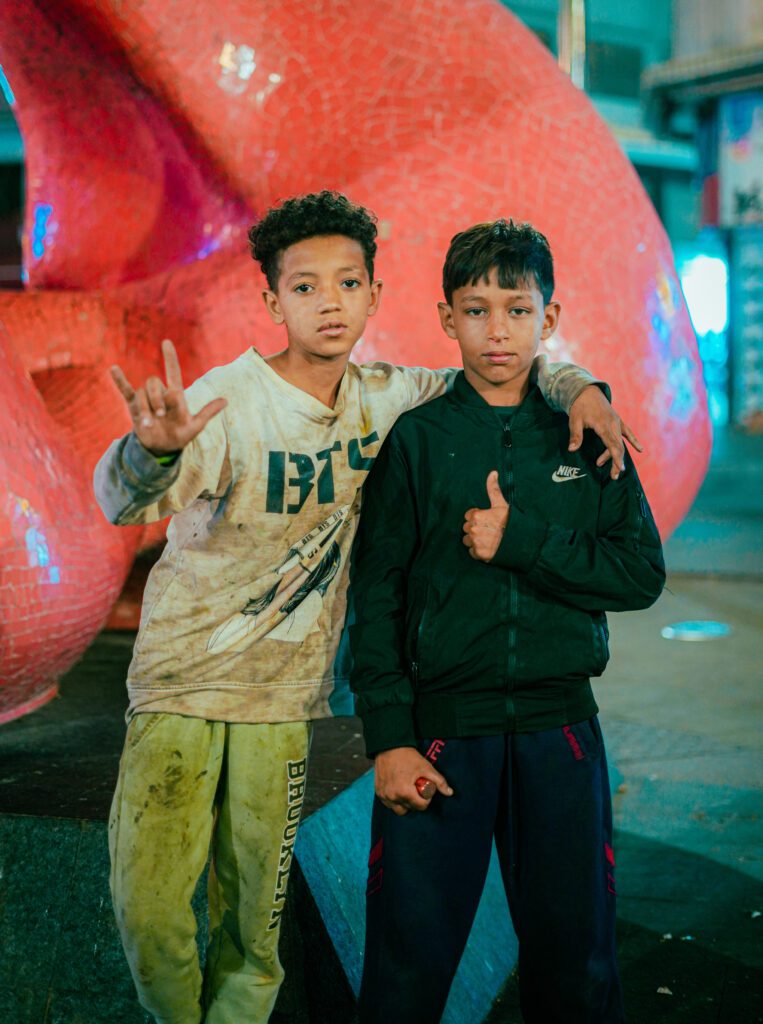From Frame to Feeling: The Filmmaking Vision of Iliass Hoummich
In the ever-evolving world of cinema and post-production, Iliass Hoummich stands out as a creator who doesn’t just shoot pictures — he translates feelings. His journey into filmmaking, editing and colour-grading began not out of convenience but out of an innate drive: the search for a language beyond words. From the very first frame, he discovered that camera and palette could carry nuance, pain, hope and resolution in ways that pure dialogue could never achieve.
Iliass’s beginning was rooted in art — in the textures of light, in subtleties of tone, in the spaces where sound and silence meet. He looked around and realised that what he felt, what he observed, what he imagined — these things could live on screen if he gave them form.
So he embraced all three disciplines: directing, editing and colour-grading. To him, these crafts are not separate stations but parts of a holistic creative process. The filmmaking role sets the foundation: the story, the characters, the visual rhythm. Editing shapes time, pace and reveal. Colour-grading — often the final step — becomes the emotional transistor: mood, atmosphere, sub-text.
In balancing these, Iliass describes his workflow as a choreography of feeling and precision.
The filmmaker in him asks: what’s the core of this story? What human truth are we excavating? The editor asks: how do I let the audience live this truth, not just watch it? The colourist asks: what tone will carry this feeling even after the subtitles fade? Together they converge into one vision.
Technique serves emotion, emotion demands clarity, and clarity allows depth.One of the pivotal turning points in his career was his project titled “A Journey with No Return.” Based on a true story about a friend who lost his life attempting illegal migration, the film moved Iliass to shift his mindset — from creating visual poetry to bearing emotional witness. This work made him confront that a frame is never just a shape; it’s a heartbeat.
It’s a chance to hold memory, to honour absence, to spark empathy. Through that project he realised that cinema’s power lies in its capacity to reflect universal loss in the specificity of one life. That realisation transformed his methodology: he now approaches image-making not simply as craft, but as responsibility.
Collaborating with other creatives is where Iliass’s work breathes.
Whether he’s working with a director, cinematographer or actor, his approach is founded on trust and shared visual language. He listens to the person behind the lens, the person in front of it, the person editing the pace — and then asks: how can all of us speak the same language of feeling? He advocates early visual meetings, colour testings, mood-boards, reference frames. And he emphasises: “We are co-authors of the emotion.
My job is to make technical decisions that honour that emotion, not overwrite it.”Looking ahead, Iliass is excited by stories that straddle light and shadow, truth and ambiguity. He wants to explore styles that blur documentary and fiction, that play with colour as character, that bring interior landscapes into external frames.


He’s fascinated by evolving techniques: HDR colour palettes, virtual production, immersive narrative structures. But more than technique, what drives him is the human story — those original, raw, unpolished moments that leave an imprint long after the screen goes dark.

In a creative world that often prioritises spectacle, Iliass chooses nuance.
He reminds us: every shot is a feeling. Every colour a heartbeat. And when emotion, technical skill and narrative converge, that’s where art happens. For Iliass Hoummich, filmmaking is not an escape — it’s a willingness to face reality with honesty and beauty.
